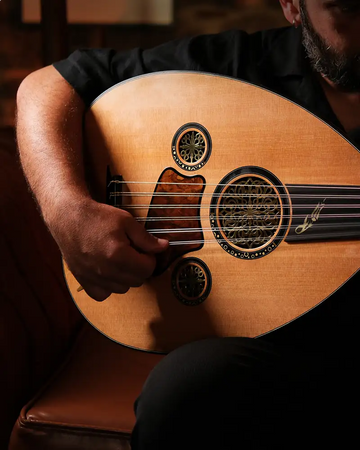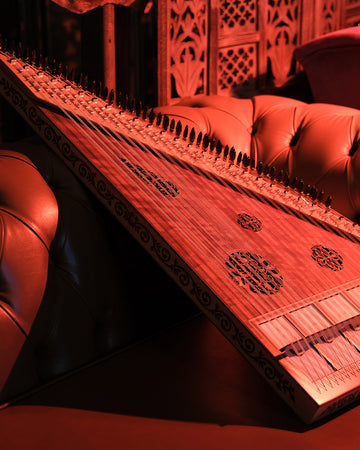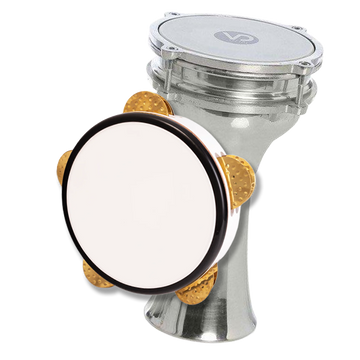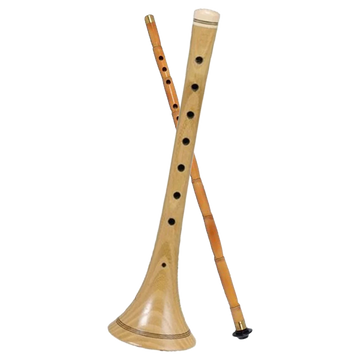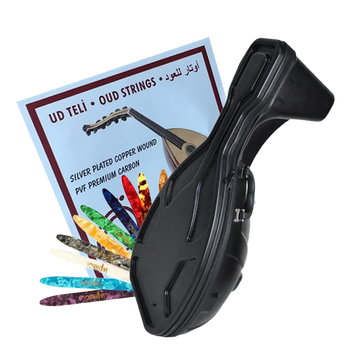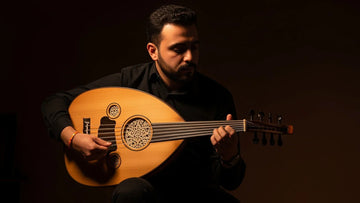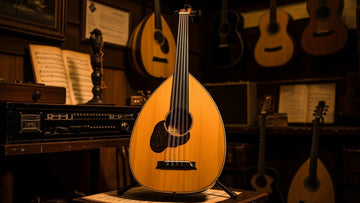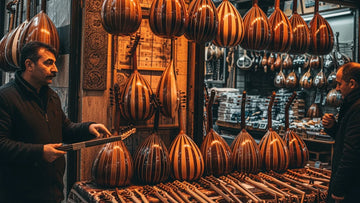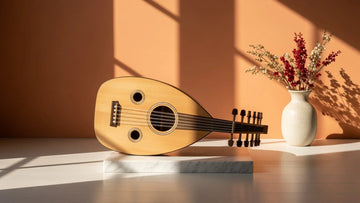Turkish Oud
The Oud is a fretless stringed instrument with a pear-shaped soundboard in Turkish music tradition. It is common in Turkish and Mediterranean music to play the Turkish Oud. One of the unique instruments globally, the Turkish Oud, has its origins in the ancient Egyptian pyramids. The distinct sound of the Turkish Oud captivates listeners of all cultures.
While classical guitar players use their fingers to pluck their strings, Turkish oud players use their left hand to do the same. The musician places the instrument's body on his right thigh and clasps its top with his right arm to play the Turkish Oud. The narrow fretboard of the Turkish Oud needs precise intonation when playing. To play the Turkish Oud, one uses a plectrum called a mihrab, which is held in the palm of one's hand and rests there.
About Turkish OUD
Stringed and plectrum instruments include the Turkish Oud, a fretless guitar. Three octaves and 11 or 12 strings make up the Turkish Oud's sonic range. For single cases 11, 12 pairings, the top highest wire is used, and there are six wire groups within the wire grouping. As a Turkish musician, I know that the "Kaba dügah" sound, or "la" sound, is a thick, "la" sound.
Turkish Oud is shaped like a half pear. Turkish ouds' body parts are made from solid woods like mahogany and hornbeam.
A specific date, country, or period has not been established for the origin of the Turkish Oud. It is a stringed instrument that has been around for a long time. After the Muslim Arabs overtook Spain in 711, the Turkish Oud arrived in Europe. In both Asian and European civilizations, it has a long and varied history of use. Turkish Oud's broad spectrum of sounds has made it possible to play numerous forms of music. This has led to its proliferation across diverse geographies and its transformation into instruments of "civilizations."
Tuning of Turkish Oud
The Turkish Oud can be tuned in two different ways, depending on its vibrating length. For the most part, the Maqam prefers this one because it is the most accommodating.
- D G B E A D
When playing Makam Hicaz, the Turkish Oud is commonly tuned as follows, making it easier for the player to play the Hicaz note with their pinky.
- D F# B E A D
The most common oud tunings are listed here. Often, the musical instrument's tune can be altered to suit the artist's preferences and the style of the song. This implies that various oud players tune their instruments in different ways. Some prefer to play their instruments at a higher pitch, and others prefer to lower their instruments. Armenians and Greeks also use Turkish oud tunings. Turkish oud tuning is time-consuming.
@ Final Remarks!
The Bolahenk' tuning, which is extensively used by Oud players worldwide, is the most common style of Turkish tuning. An example of its notation is shown here: Two plus two equals four. D2 A2 B2 E3 A3 D4 is a popular version of this tuning. Serif Muhiddin Targan, a well-known Oud player, spent years honing this tuning technique. Due to its greater versatility, the Turkish Oud Tuning Method has a more complicated and technical tuning style and approach than its Arab equivalent.
